Sir Peter Carew and Dartmouth Castle
How a centuries-old stand-off over a castle provoked Tudor soldier and adventurer Sir Peter Carew into trying to outwit the borough of Dartmouth.
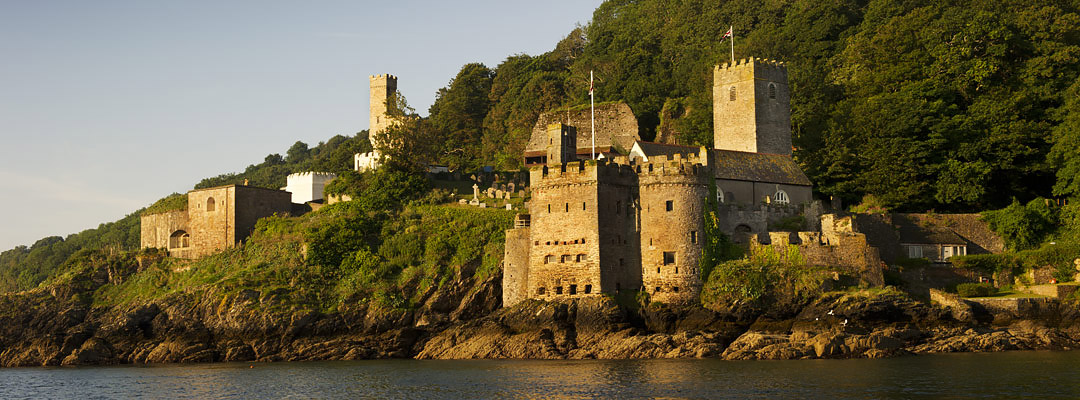
LOCKED OUT
When Sir Peter Carew took possession of Dartmouth Castle in Devon by force in 1552, he promptly changed all the locks.
It was a highly provocative act – but perhaps not an entirely unexpected one from someone with a predisposition for direct action.
SOLDIER OF FORTUNE
In the precarious Tudor power struggle that had witnessed the rapid rise and fall of many a courtier, Sir Peter had gained a reputation as a soldier and adventurer – and not a man to be taken lightly. As a young man he had travelled widely across the Continent, apparently leaving England for France at the age of 12, and serving in the armies of both France and the Prince of Orange. He caught the attention of Henry VIII in the 1530s, and was taken into royal service.
He became prominent in Devon politics after inheriting the Carew family estates in the county when his older brother Sir George, vice-admiral of the fleet, went down with the royal flagship the Mary Rose in the Solent in 1545.
WHOSE CASTLE?
When Sir Peter became lord of the borough of Dartmouth and MP for the town in 1547, he had the double benefit of gaining both a base for his extensive maritime interests, and an opportunity to settle an old score.
His seizure of Dartmouth Castle in 1552 was in fact just the latest episode in a long-standing feud between the Carew family and the borough over ownership of the fortress. But whose castle was it anyway?
AN OLD SORE
The trouble stemmed from a national emergency many years earlier. In the 1380s, after persistent urging from the king, the borough (somewhat reluctantly, it has to be said) built the castle at Dartmouth to safeguard the prosperous town against anticipated French attacks.
But it just so happened to be built on land outside the borough’s jurisdiction, in the adjoining manor of Stoke Fleming – which was the property of the Carew family. So by 1552 the ownership of the castle was an old – and legally complicated – sore.
EXILE AND RETURN
The borough did not let Carew’s gambit go uncontested, pursuing the matter through the law. In 1554 the castle was given back to them – although this was quite possibly because Sir Peter had been declared a traitor in January of that year for conspiring against Mary I’s intended marriage to Philip II of Spain, and had fled to France.
He got Dartmouth Castle back several years later, however, after he was pardoned late in 1556 and had his property restored to him. Returning to England, he went on to serve Elizabeth I in Ireland, and died in 1575.
By Paul Pattison
Tudor stories
-
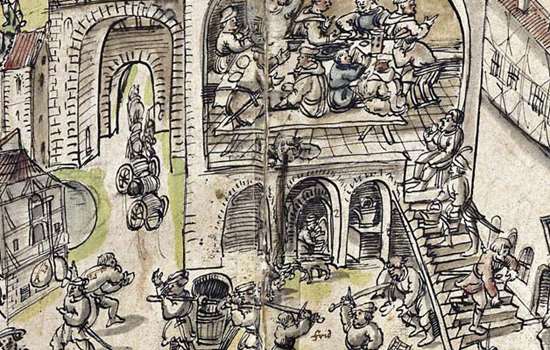
The Suppression of Roche Abbey
How a vivid eyewitness account reveals the shocking speed and scale of destruction of Roche Abbey after the Suppression of the Monasteries.
-

Walter Hungerford and the 'Buggery Act'
In 1533 Henry VIII’s government introduced the ‘Acte for the punishment of the vice of Buggerie’. Less than ten years later, Walter Hungerford became the first man to be executed under its terms.
-

Lady Anne Clifford
The last member of one of England’s great medieval dynasties, Lady Anne Clifford became something of a legend in her own lifetime.
-
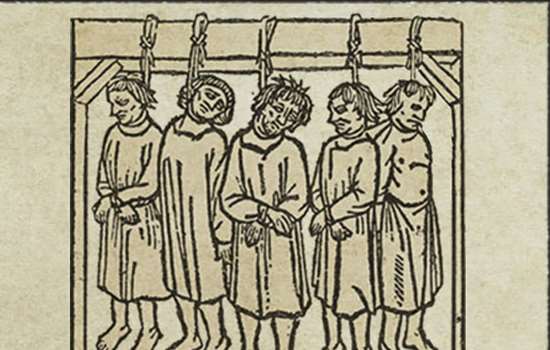
Lydford Law and Parliamentary Privilege
From a Tudor ‘tinner’ to a 21st-century footballer: how the Privilege of Parliament Act can be traced back to the ghastliness of prison life at Lydford Castle in Devon.
-
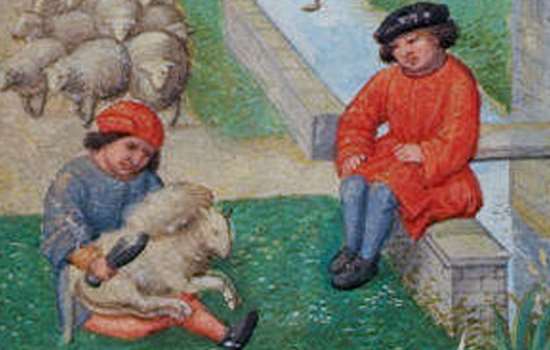
The Rise and Fall of a Tudor Wool Factory
How the Heydon family of Baconsthorpe Castle in Norfolk made a fortune from the East Anglian wool trade – and then lost it all.
-
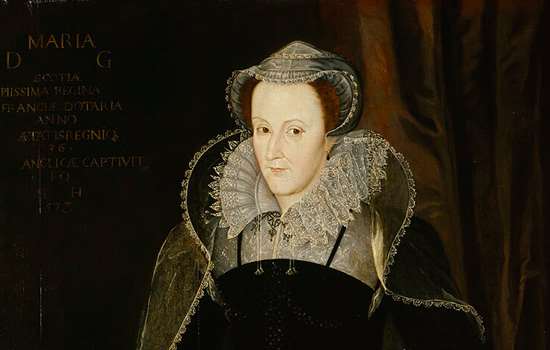
Mary Queen of Scots at Carlisle Castle
Find out why, after Mary Queen of Scots fled to England in 1568, her two-month stay at Carlisle Castle began 19 years of captivity.
-

Bess of Hardwick
Rising from a modest background to become one of the richest women of her time, Bess was also a tireless and ambitious builder, whose houses symbolised her rise to wealth and power.
-
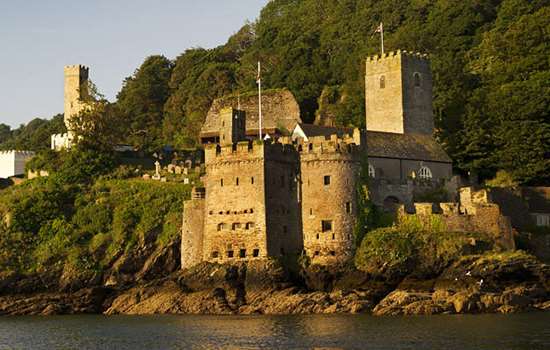
Sir Peter Carew and Dartmouth Castle
How a centuries-old stand-off over a castle provoked Tudor soldier and adventurer Sir Peter Carew into trying to outwit the borough of Dartmouth.
-

Lambert Simnel and Piel Island
How a Yorkist claimant to the English throne failed to usurp Henry VII in the final chapter of the Wars of the Roses.
More about Tudor England
-
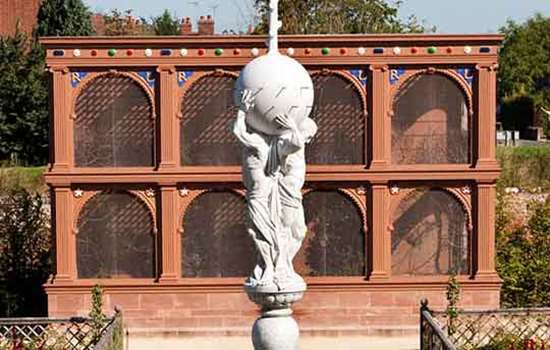
Tudors: Parks and Gardens
Tudor parks and gardens provided an opportunity for dramatic displays of newly found wealth, success and power.
-
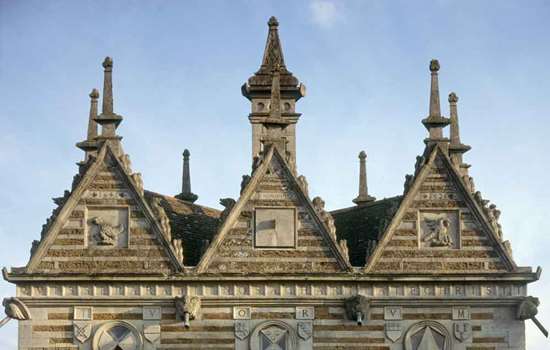
Tudors: Architecture
The architecture of early Tudor England displayed continuity rather than change. Later, however, the great country house came into its own.
-

TUDORS: RELIGION
The Tudor era witnessed the most sweeping religious changes in England since the arrival of Christianity, which affected every aspect of national life.
-
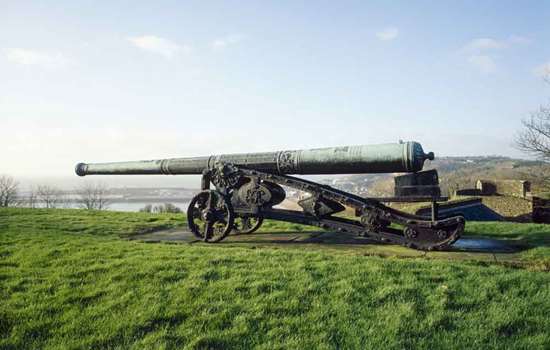
Tudors: War
The Tudor period saw the gradual evolution of England’s medieval army into a larger, firearm-wielding force supported by powerful ships and formidable gun forts.